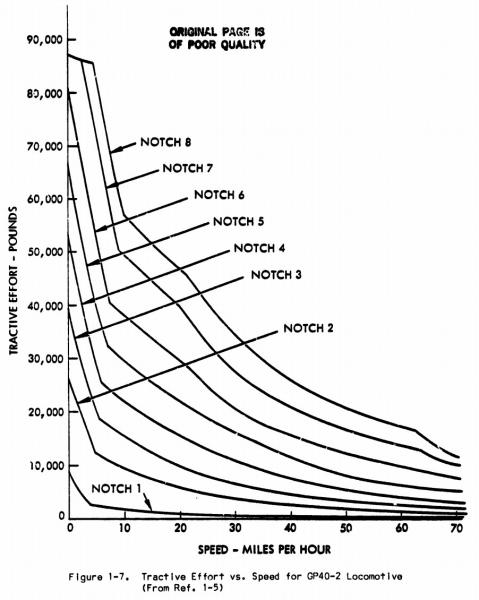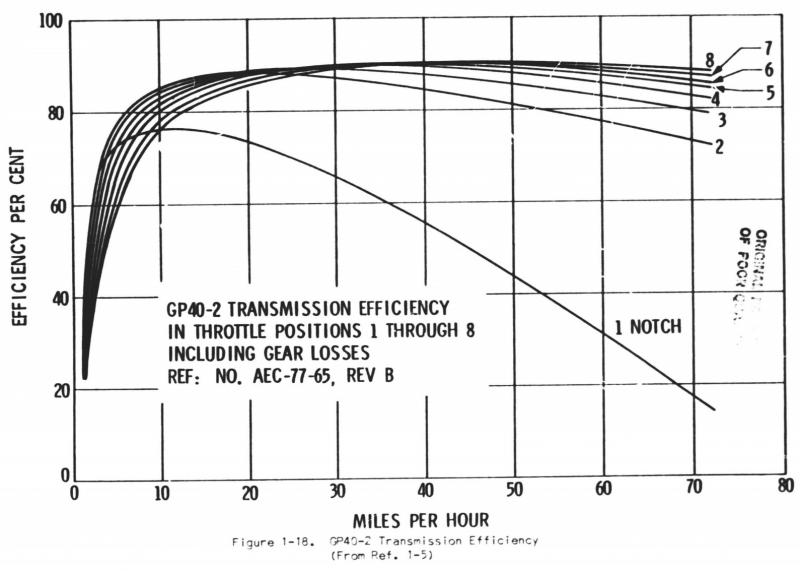Eng Files for USA diesels Looking for data...
#41

Posted 23 August 2021 - 06:38 PM
#42

Posted 23 August 2021 - 11:45 PM
Yes, the ORTSMaxTractiveForceCurves or ORTSTractionCharacteristics table must be set based on these curves. I like the latter. Of course, this requires an ORTSDieselEngines block with good settings. ThrottleRPMTab and DieselPowerTab are the most important. Whichever diesel I did this way was good.
Regards Laci 1959
#43

Posted 24 August 2021 - 12:20 AM
Conversely, electric traction with the ORTSTractionCharacteristics parameter works well.
#44

Posted 24 August 2021 - 12:28 AM
Lamplighter, on 24 August 2021 - 12:20 AM, said:
Conversely, electric traction with the ORTSTractionCharacteristics parameter works well.
As far as the OR code is concerned these are treated exactly the same, so in theory one parameter could be dropped.
#45

Posted 24 August 2021 - 10:25 AM
steamer_ctn, on 24 August 2021 - 12:28 AM, said:
There's an early thread here at ET that was about these two parameters -- Matej Pacha, recommeded keeping both active.
MaxTractive vs MaxTraction
Also...this thread started by plainsman...Traction
...and many users have already implemented one or the other of these two parameters.
#46

Posted 26 August 2021 - 01:29 PM
sim-al2, on 23 August 2021 - 06:38 PM, said:
Interesting, can you please provide a link to that source, or the name and authors of the original doc/study/tech paper that are the source of the graphs? I would like to read the whole document. Thanks.
It's interesting because all the formulas I've found use a constant for the transmission efficiency.
I just happen to be reading Al Krugs "Amperage to Tractive Effort Table for an SD40-2" and even Mr. Krug considers transmission eff. a constant for a specific locomotive design.
Quote
Most papers usually consider Transmission Eff to be as described above, although I've read a couple that -- when defining their terms --- mean overall efficiency from power-at-the-shaft to power-at-the-rail, or some other definition specific to their study.
#47

Posted 26 August 2021 - 05:36 PM
engmod, on 19 August 2021 - 03:49 PM, said:
This is absolutely not correct, first-generation EMD roadswitcher locomotives had these systems. You can see (and hear) it operating here: https://www.youtube....h?v=K1auERUXODs
And here: https://youtu.be/U9eV-19IMng?t=180
And here: https://youtu.be/U9eV-19IMng?t=180
The engine RPM oscillating is caused by the sudden changes in load by the wheel slip control system (which also drops sand) happening faster than the governor can react. From the GP7 operator manual:
Quote
Second-generation locomotives introduced an improved version of this system (IDAC), and the Dash-2 line introduced a transistorized system (WS10) that was functionally identical. EMD introduced wheel creep with the radar-controlled Super Series (which did not perform well) on the 50-series in the late 1970s, which was replaced by improved systems (mod3, EM2000) on later units (SD60, SD70, et c.). Sometime in the 1980s, GE introduced wheel creep on an improved version of its Sentry system. Previous iterations of Sentry and earlier systems were roughly equivalent to the pre-Super Series EMD systems. For example, the U25B manual says:
Quote
If any wheels slip during locomotive operation, the following occurs:
1. A light brake application and a slight reduction in excitation occurs automatically on the locomotive unit that is slipping.
2. When wheels stop slipping, brake application is removed automatically.
3. If wheels continue to slip for more than 2 or 3 seconds, wheel slip lamp (on master controller stand) lights and sand is automatically applied to the wheels of affected unit only. If slip persists, excitation is gradually reduced automatically.
The ability of the locomotive to regulate its power output to reduce slip is, however, completely separate from its ability to exceed amperage limits at low speeds (i.e. below the speed of max continuous tractive effort). Such protection was indeed not present on first-generation diesels. The Dash-2 line has a circuit breaker for overload protection.
#48

Posted 26 August 2021 - 05:58 PM
Thanks Erick.
My experience came from a first generation EMD switcher ( g6b ) rather than a roadswitcher, our roadswitcher ( g8b ) had the systems but I incorrectly assumed it was a gen 2 unit.
#49

Posted 26 August 2021 - 06:04 PM
engmod, on 26 August 2021 - 05:58 PM, said:
Thanks Erick.
My experience came from a first generation EMD switcher ( g6b ) rather than a roadswitcher, our roadswitcher ( g8b ) had the systems but I incorrectly assumed it was a gen 2 unit.
I should note that I am uncertain to what degree these systems were optional, especially on export units. I only have reference materials for North American domestic locomotives.
#50

Posted 26 August 2021 - 10:49 PM

 Log In
Log In Register Now!
Register Now! Help
Help









